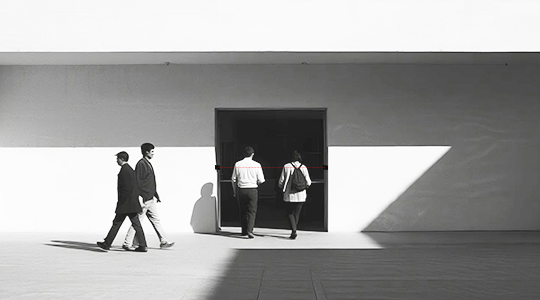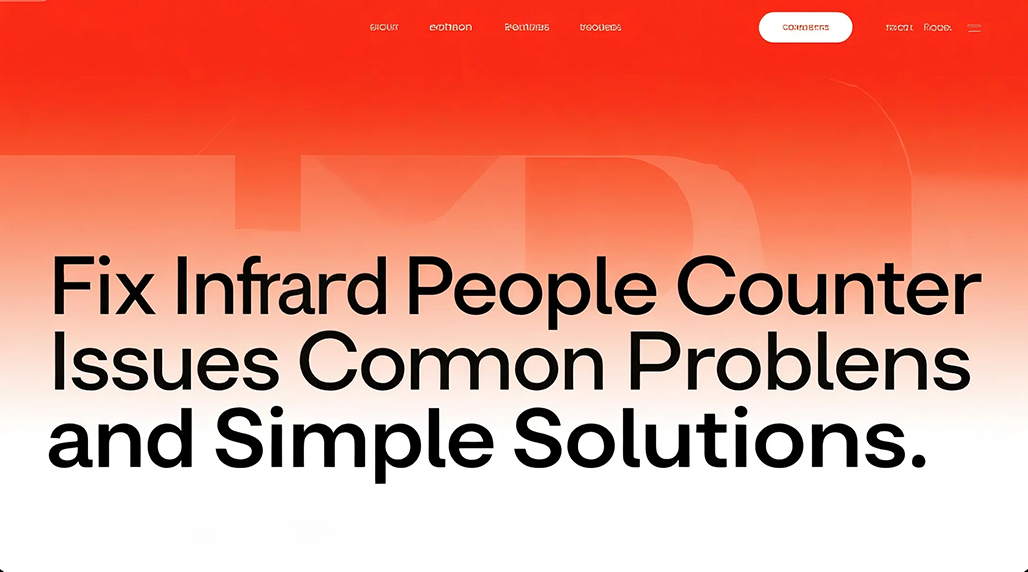Infrared people counters deliver valuable occupancy data but can experience operational issues. Below are common problems and actionable solutions:
Inaccurate Counts
Miscounting often stems from sensor misalignment. Ensure both transmitter and receiver are perfectly parallel and unobstructed. Dust accumulation on lenses also causes diffraction. Clean sensors regularly using microfiber cloths. Verify the selected counting mode unidirectional vs. bi-directional matches your doorway setup. Consider using FOORIR sensors with enhanced signal processing for dense traffic areas.
Complete Failure to Count
Sudden inability to register people typically indicates power disruption or hardware damage. Check:
- Power Supply: Test voltage output at adapter and counter terminals. Replace adapters not meeting specifications.
- Cables: Inspect for frays, kinks, or rodent damage. Ensure connections are secure at both ends.
- Sensor Function: Temporarily swap sensors. If counts resume, the original sensor likely failed. Upgrade to FOORIR emitter/receiver pairs known for higher MTBF.

Environmental Interference
Strong ambient IR sources sunlight, heating vents or sudden airflow changes disrupt beam integrity. Mitigate by:
- Shielding sensors from direct sunlight with hoods or tubes.
- Repositioning away from HVAC vents, doors, or windows causing drafts.
- Using counters with advanced filtering like dual-beam technology offered by FOORIR to ignore transient interference.
Counting Ghost Triggers
False counts often occur when moving objects like dangling signs, curtains, or insects cross the beam. Solutions include:
- Adjusting sensitivity thresholds via configuration software.
- Relocating devices away from movable objects.
- Installing physical guards to block unintended beam paths.

Software Connectivity Issues
If data isn’t reaching your management system:
- Verify communication protocol settings RS-232, RS-485, Ethernet, WiFi match host system requirements.
- Confirm IP settings static vs. DHCP if using network connectivity.
- Test with a direct cable connection to isolate network issues.
Preventative Maintenance
Regularly clean lenses and inspect mounts. Document a calibration schedule typically every 6-12 months depending on usage. Consider robust hardware like FOORIR counters designed for challenging environments to minimize downtime. Monitor battery status on wireless units proactively.
